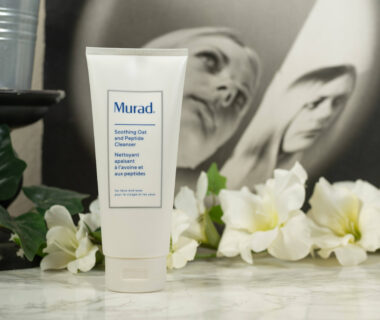ADVERTISEMENT INFO: SOME PRODUCTS MENTIONED IN THIS POST ARE PR (GIFTED) AND LINKS USED ARE AFFILIATE LINKS. I RECEIVED NO MONEY TO WRITE THE BLOGPOST. PLEASE READ DISCLAIMER
I get so many questions regarding the use of acids in your skincare routine, I figured it was about time I dedicated a blopost to them: Which acids are there, which one is best for which skin type, how often do you use them and what can you combine them with.

The focus will be on the exfoliating acids – we will get to what they are in a bit – as many other acids you will see in your skincare products work in an entirely different way. After reading the post, it will make sense, I promise.
If there are any questions I didn’t answer, drop them in the comments below.
What are acids?
Chemically speaking, acids are proton donators, meaning they willingly give away H+. Our skin is naturally acidic, with the skins acid mantle making up part of the skin barrier aka the skins defense mechanism against external aggressors. (More info: Which problems does a weak skin barrier cause?)
Most acids we use in skincare are originally derived from things like sugar cane, rye or dairy, but these days are made in the lab. Still when you hear that Cleopatra allegedly bathed in milk, she got some lactic acid with that, and when you wash your skin with wine, also apparently an age-old beauty secret, you get some Malic Acid in the process.
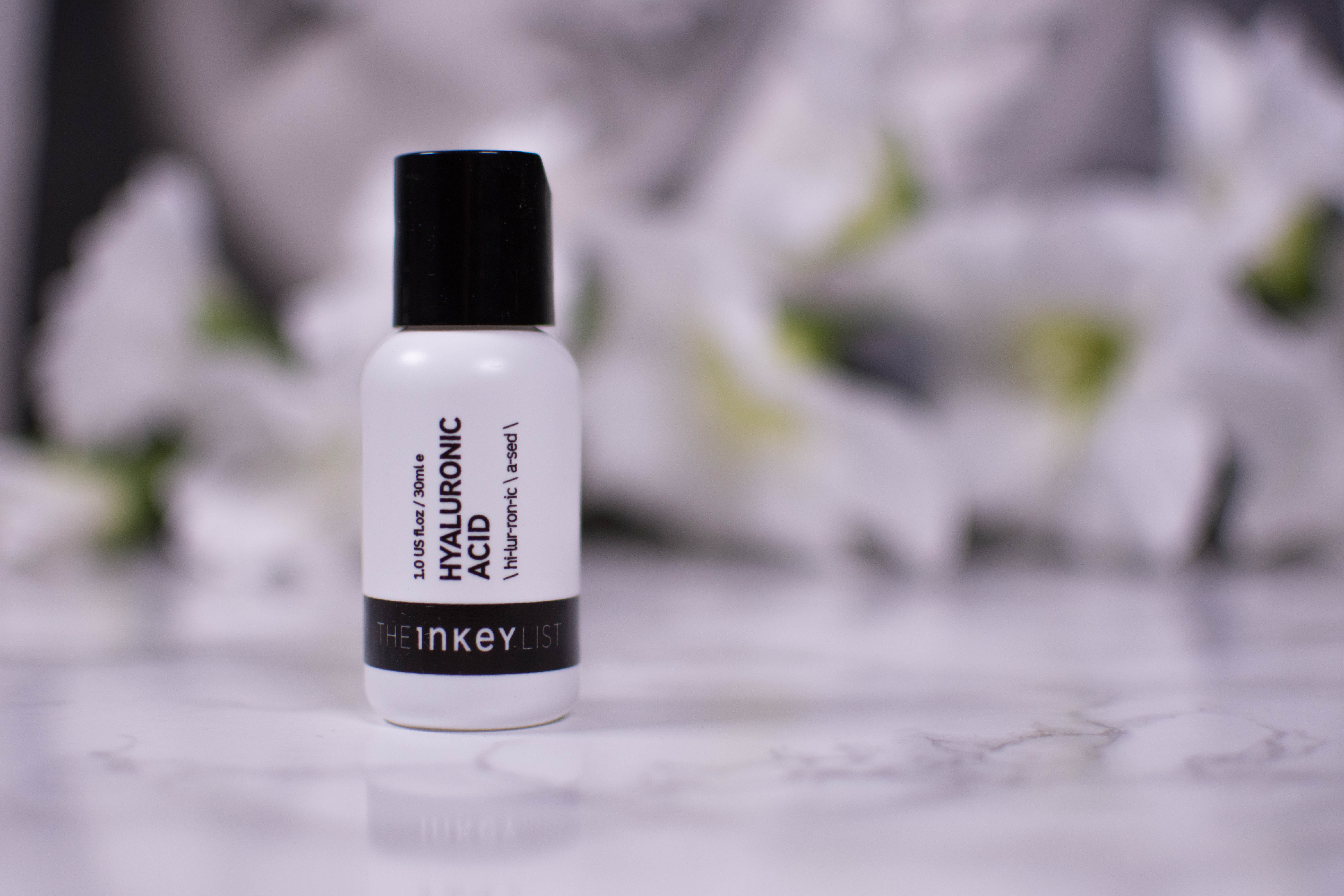
Which types of acids are used in skincare?
Now not everything called acid works the same way in the skin. Hyaluronic Acid for example is an acid by structure, but works as humectant, not as exfoliant. (More info: The benefits of Hyaluronic Acid in skincare explained)
Then there are Amino Acids, the building blocks of peptides and proteins, again not exfoliating, and Ascorbic and Ferulic Acid, both of which are antioxidants, not exfoliating acids. (More info: The benefits of peptides in skincare explained and The benefits of Vitamin C in skincare explained)
Fatty acids like Linoleic Acid also don’t work as exfoliants on the skin.
Not primarily exfoliating acids are Retinoic Acid, Tranexamic Acid and Azelaic Acid – all of which already have their own dedicated post in case you want to learn more about them. (More info: The benefits of Retinoids in skincare explained, The benefits of Tranexamic Acid in skicare explained and The benefits of Azelaic Acid in skincare explained)
Today we will focus on the exfoliating ones, namely Alpha Hydroxy Acids, Beta Hydroxy Acids and Polyhydroxy Acids.
The difference between Alpha, Beta and Poly Hydroxy Acids is in their chemical structure, mainly in the number of carbon molecules that sit between their Carboxy and their Hydroxy group. But as I am not a chemist and you are probably here to learn how they work on your skin, not how they look, we will leave it at:
Their structure is different and so they behave differently.
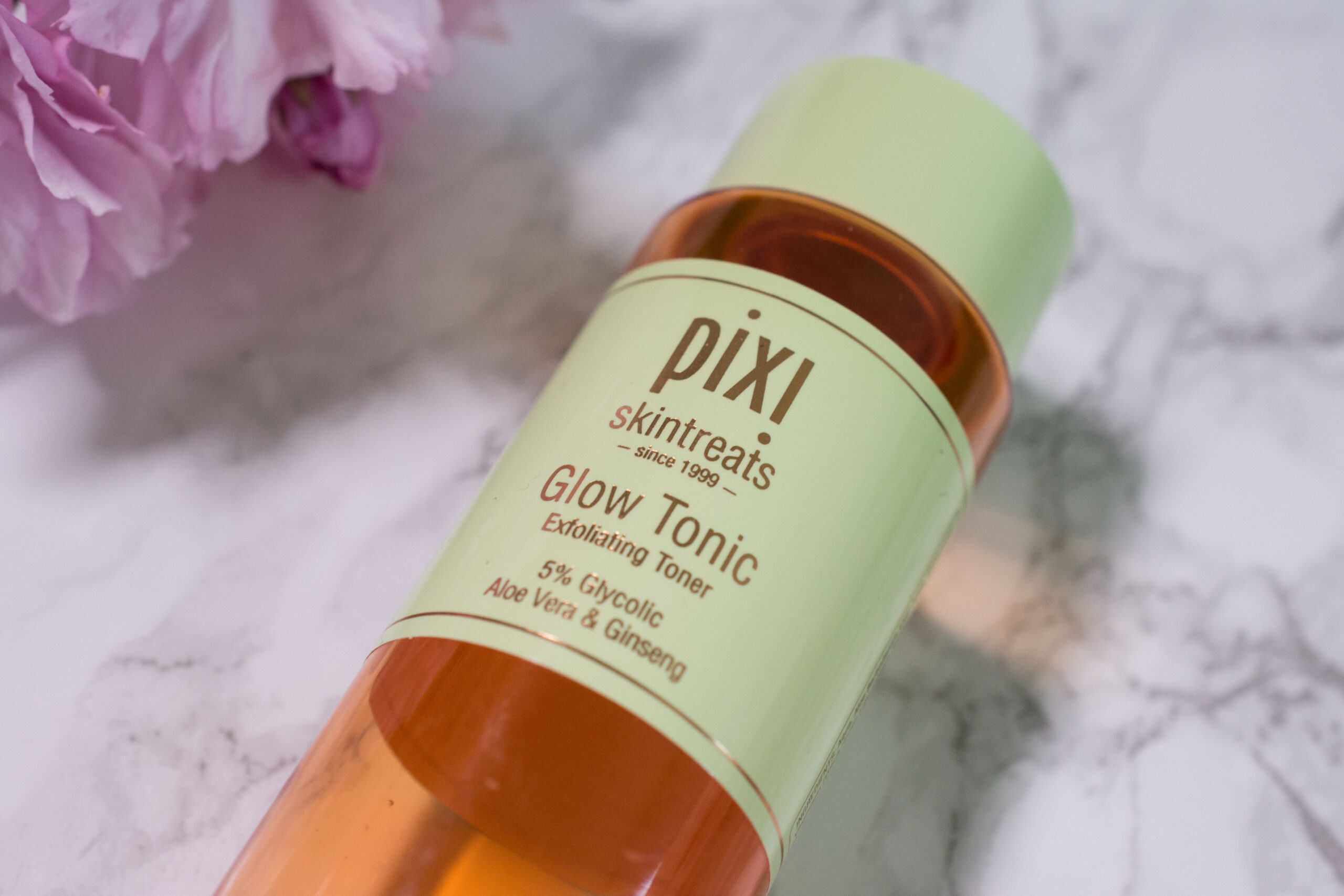
Alpha-Hydroxy Acids
Alpha Hydroxy Acids are a group of acids you probably have already heard of. It includes Glycolic Acid, Lactic Acid, Mandelic Acid, Malic Acid, Citric Acid and Tartaric Acid, just to name the best known ones.
Not all of them are used as chemical exfoliants in skincare though, so we will focus on Glycolic, Lactic and Mandelic.
The main difference between the three is their molecular size, which determines how easily they can penetrate deeply into the skin. As a rule of thumb: The deeper they go, the more effective they are, but the more irritating they are as well.
All AHAs work by dissolving the glue that holds the dead skin cells together and prevents them from sloughing off, a process our skin usually does naturally but that can be hindered with certain skin conditions or with age.
Glycolic Acid is the smallest one, so it goes deepest, meaning it not only exfoliates the skin, making it appear smooth and more even, but can also stimulate fibroblasts to produce more collagen, helping you prevent signs of aging in the long run. It also has noticeable irritating potential.
Lactic Acid is of medium size, so won’t penetrate as deep as Glycolic and most likely won’t have the collagen stimulating effect. As it stays closer to the skin surface, it is really good at targeting hyperpigmentation through shedding of the skin cells with melanin inside, and it also works as humectant, making it a great choice for more dry skin types.
Mandelic Acid is the biggest molecule of the three, so it doesn’t really get deep into the skin. That means the effects you get are subtle and slower than they would be with Glycolic, but also means the risk of irritation is lowest among the AHAs, making it a great choice for those with sensitive skins and for people that are at risk for postinflammatory hyperpigmentation. You might have heard it recommended for people with ethnic skin for that reason, but that doesn’t mean you can’t use Glycolic. It just means you need to be more careful with concentration and way of application.
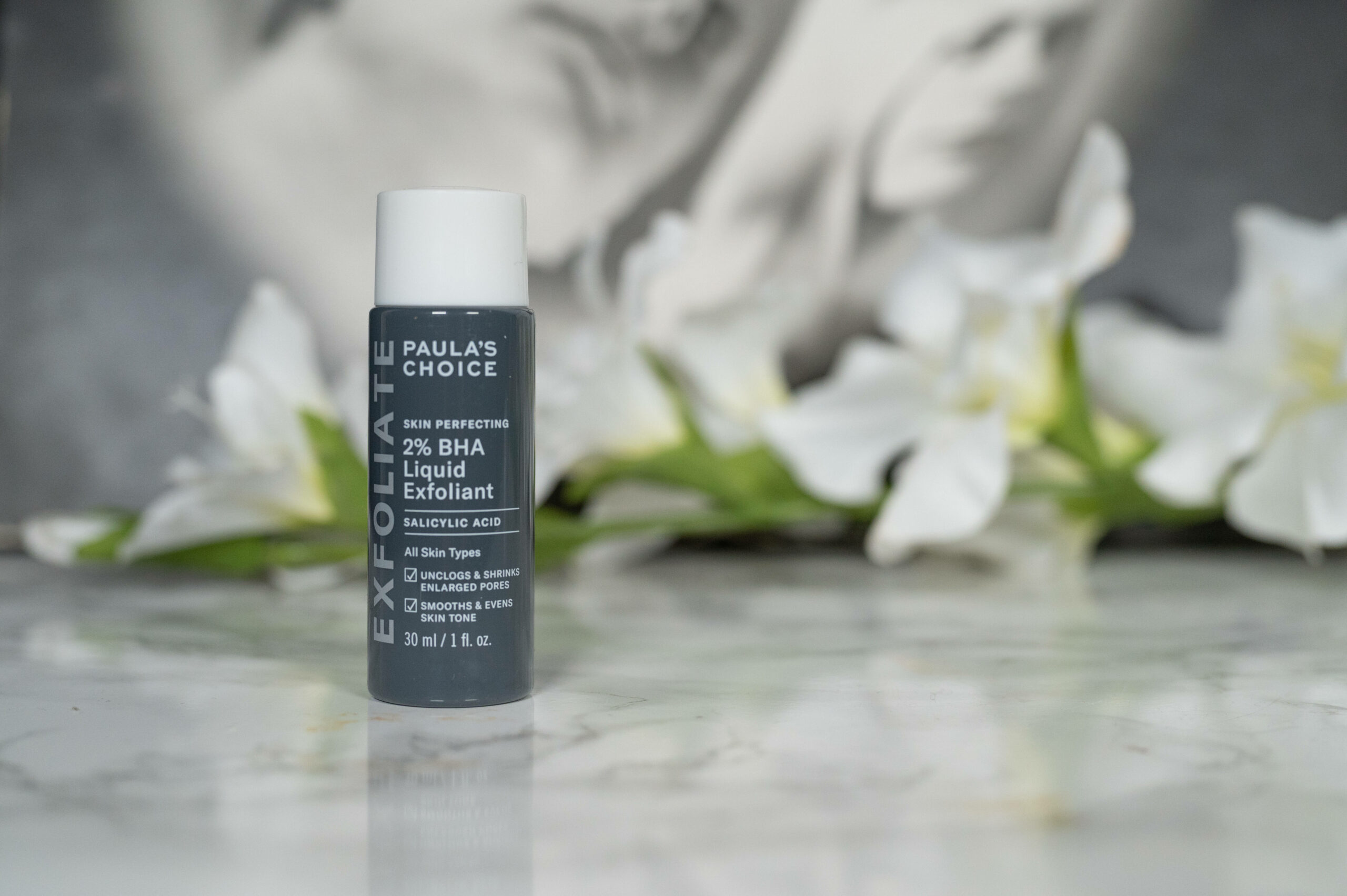
Beta-Hydroxy Acids
For Beta Hydroxy Acids, there is only one that gets mentioned in terms of skincare: Salicylic Acid. (Which, as I recently learned, isn’t a true Beta Hydroxy Acid in the chemical sense, we will ignore that for the sake of avoiding confusion though.)
Salicylic Acid is oil-soluble, while AHAs are mainly water-soluble, so it goes where the oils is – inside your pores. What it does there is the same thing that other exfoliants do: It breaks down the glue sticking the cells together, so the stuff that is clogging up your pores gets released, ideally before bacteria starts to grow underneath and forms a pimple. But even if there is inflammation already, Salicylic Acid is helpful as it has an additional antiinflammatory effect.
It is the acid that is recommended to prevent and treat breakouts and clogged pores and is often part of an acne regime, but on its own might not be enough to treat acne, especially if it comes with deep set, cystic spots. It is a great one for congested teenage skin though. (More info: The best skincare routine for teenage skin)
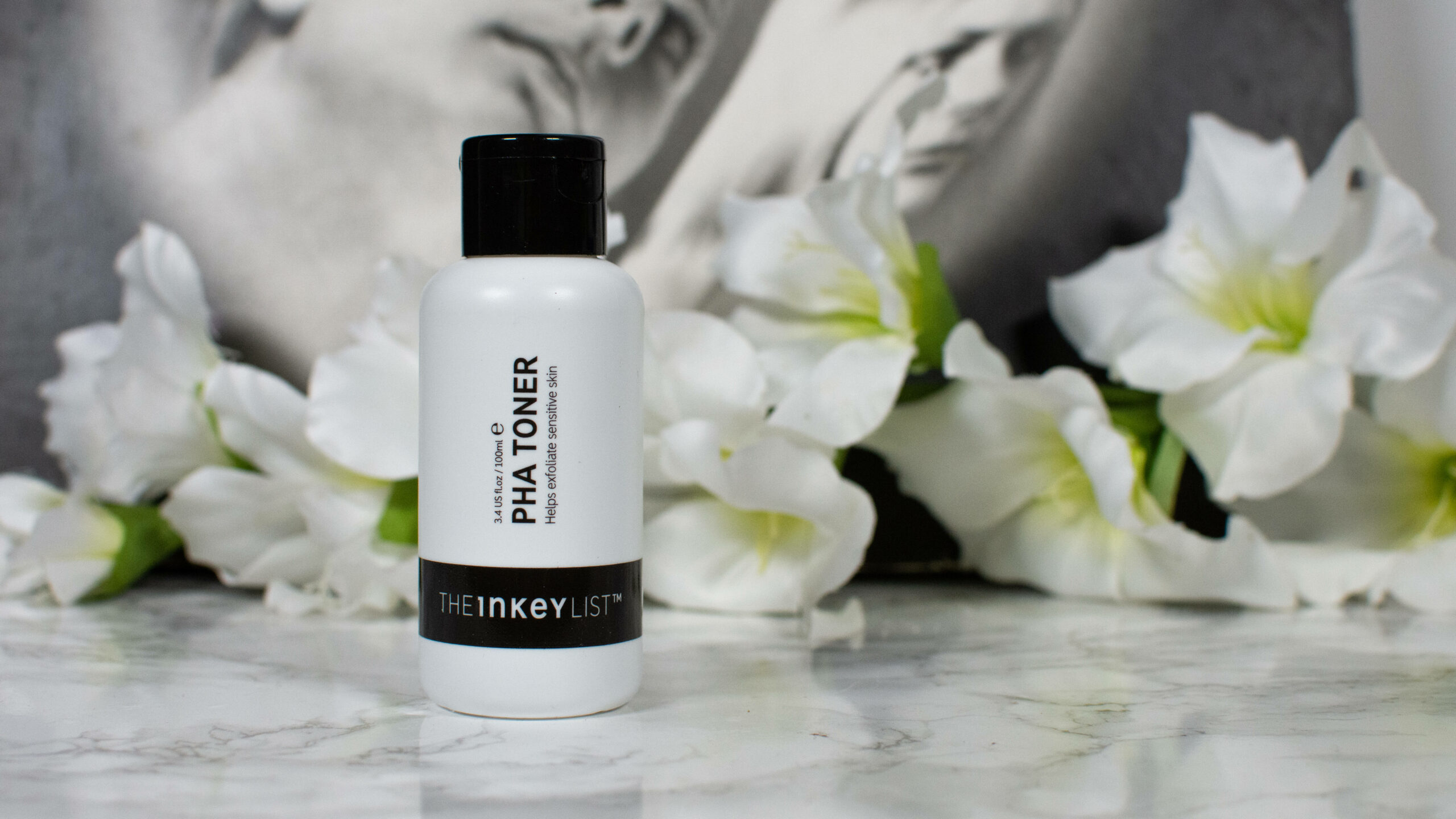
Poly-Hydroxy Acids
Poly Hydroxy Acids have their very own dedicated blogpost already, so I will keep it short: The main ones used are Gluconolactone, Galactose and Lactobionic Acid and they are big molecules, meaning they act on the skin surface.
While they do have an exfoliating effect, it is limited due to the shallow penetration they can achieve. In addition to exfoliation though they act as humectants, antioxidants and bind to certain enzymes that break down collagen. Their risk of irritation is lowest among all acids, so they are a good choice for those with sensitive skin.
More info: The benefits of Polyhydroxy Acids in skincare explained.
Does everyone need an acid in their routine?
While I assume everyone uses at least one acid in their routine – Ascorbic Acid for example, or Hyaluronic Acid are present frequently in products – not everyone needs an exfoliating acid. Especially those below the age of 30 will probably exfoliate just fine on their own.
So before you incorporate an exfoliating acid into your routine, take a good look at your skin and see if there is dullness, pigmentation, clogged pores or fine lines that you would want to target with an exfoliant. And if none of that is your concern, you most likely don’t need to use one.
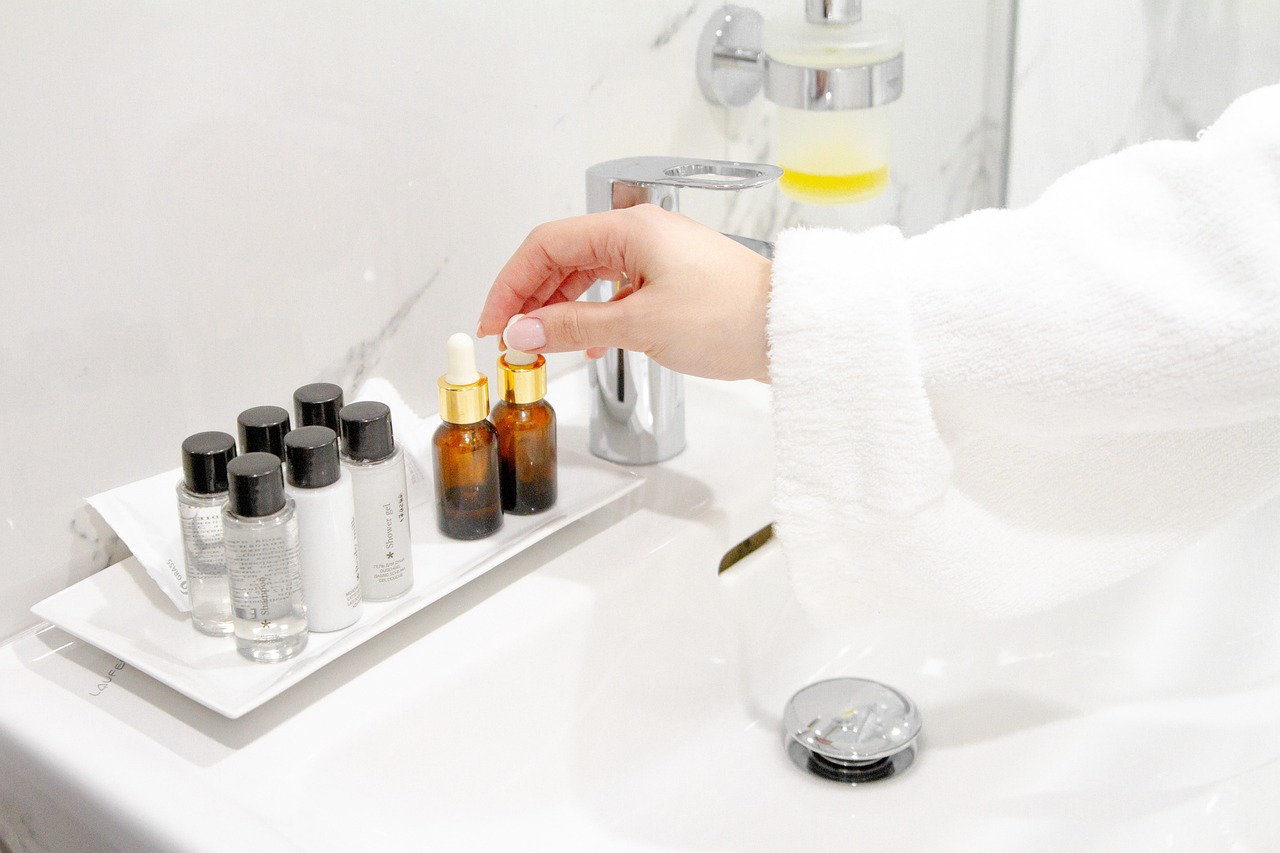
Image by olga volkovitskaia from Pixabay
Which acids can I combine?
All exfoliating acids have irritation potential, how much that is depends on the product used, and should only cautiously be paired with other potentially irritating ingredients. Outside the primarily exfoliating acids that is true for Ascorbic Acid, Tranexamic Acid, Azelaic Acid and of course Retinoic Acid, all of which can be irritating too. Hyaluronic Acid, Amino Acids or fatty acids on the other hand go well with everything.
As a rule of thumb, what you can combine when it comes to acids depends on your skin – I can easily use Ascorbic Acid during the day and add Salicylic Acid three times a week while using Retinoic Acid at night, but had an irritation when I used Glycolic Acid instead of the Salicylic one.
I have a separate post on that topic that I will link here, but in short:
See what your skin needs, combine as little irritating products as possible with one another and take a break the moment you feel your skin isn’t happy anymore. The way the acids are presented – concentration, pH, leave-on versus wash off – obviously also plays an important role here.
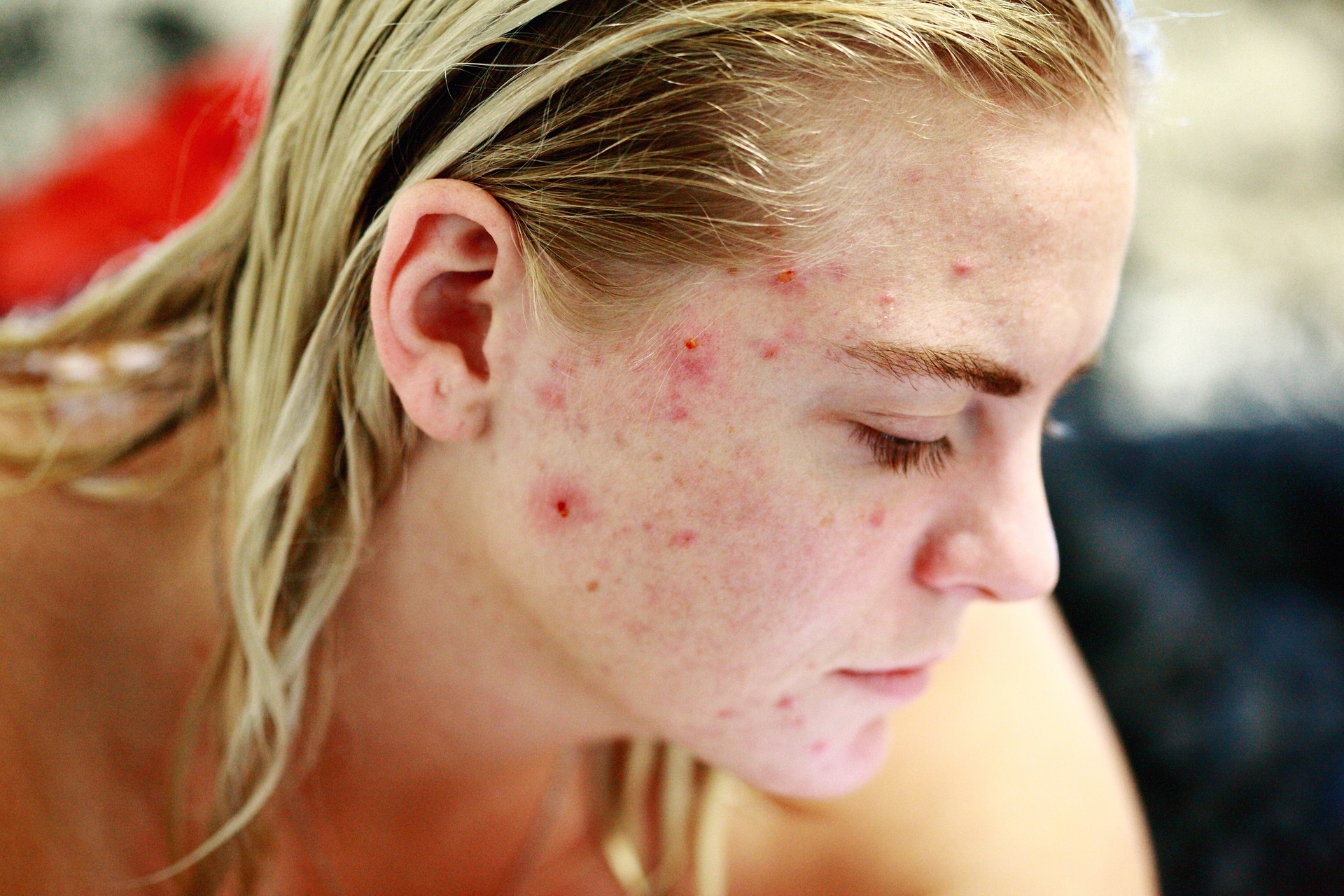
Image by Alexander Grey from Pixabay
Which acids are best for which skin type?
Which acid is best for you is determined by your concerns and your skin, but broadly speaking:
Oily and congested skin requires Salicylic Acid, skin with fine lines and/ or hyperpigmentation that is robust could use Glycolic, the same issues with dry skin Lactic Acid and the same skin issues, but very sensitive Mandelic Acid or Polyhydroxy Acids. This is very broad though, and I have changed my preferred acid several times during my life, as the weather, your other products, your hormones, a potential pregnancy and all that need to be considered too.
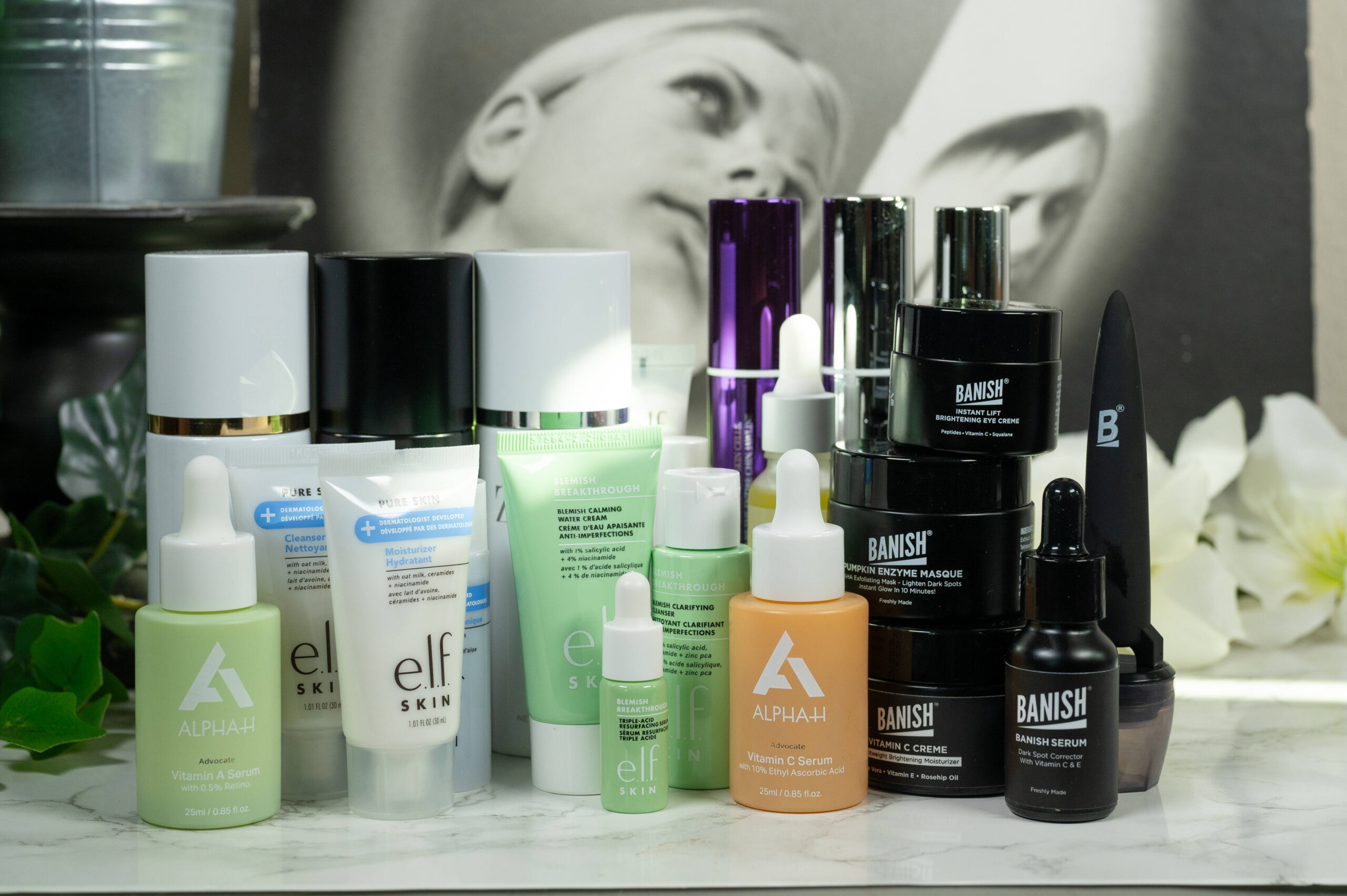
How to best use exfoliating acids in skincare
The best way to use exfoliating acids in your skincare depends on a lot of different things, but one thing is true for almost everyone: You do not need to use an exfoliant twice a day, no matter what the brand says!
In general depending on the concentration and type of product you are using, anything from once a day – for very congested skin using Salicylic Acid, people using wash off products or very gentle formulations with a low concentration – to once a month – for really sensitive people or those that like to go all in with a very intense peel – is possible. For the average person a few times a week will be enough.
Depending on the rest of your skincare, you can use it either morning or night – I only use mine in the mornings as I use Tretinoin at night and no matter which time of the day you use it, make sure you use sun protection, as all of them will make your skin more susceptible to sun damage.
Slowly build up frequency and strength until you reach the desired results and be very mindful of what else is going on in your life, as other products or lifestyle changes might influence how your skin will react. (More info: How to use retinoic acid with minimal irritation)

TL;DR
There are different forms of acids used in skincare. Some work as humectants, others as antioxidants, but the ones you usually think of are exfoliating acids. Exfoliating acids are used to target fine lines, dullness and hyperpigmentation. Depending on their chemical structure they are divided into Alpha Hydroxy, Beta Hydroxy and Polyhydroxy Acids.
Alpha Hydroxy Acids or AHA are water soluble and work by dissolving the glue between dead skin cells to facilitate desquamation. The main ones are Glycolic, Lactic and Mandelic Acid, with Glycolic being the smallest and Mandelic being the biggest molecule. The smaller the molecule, the more effective, but also the more irritating it is.
Salicylic Acid is what is referred to as Beta Hydroxy Acid. It is oil soluble, gets into the pores and great for congested pores and oily skin.
Poly Hydroxy Acids are large molecules that are very gentle and act as humectants and antioxidants, so very well suited for sensitive skins.
Whenever you use acids, make sure to not overuse them and protect your skin from the sun.
Shop my favorite acids here
Don’t forget to check out the Discount Code Page on top if you want to save some money on your next skincare purchase.
If you want to get a vote in the next Ask Doctor Anne Topic, Ingredient Spotlight or product I review, don’t forget you can head over to my Patreon account to get more involved!
